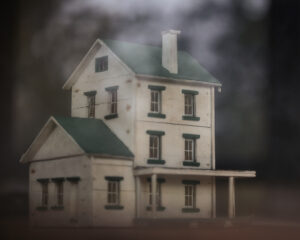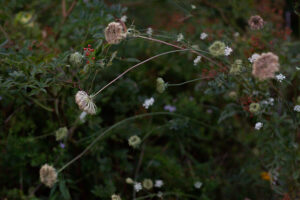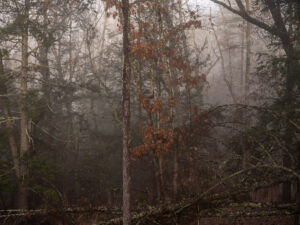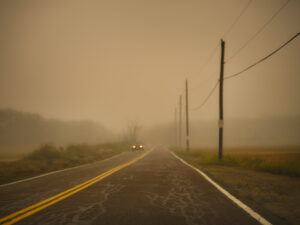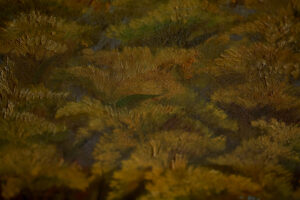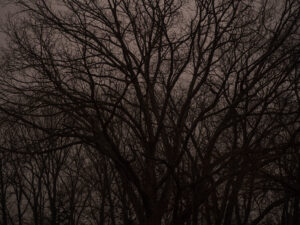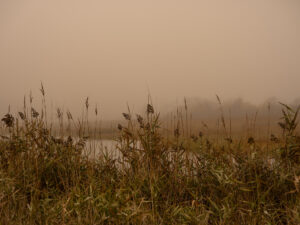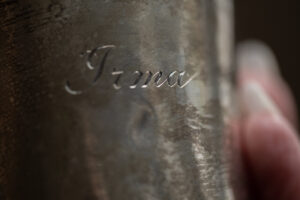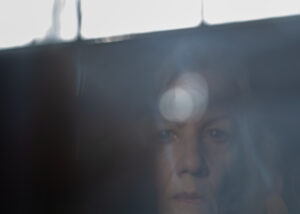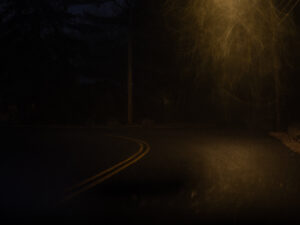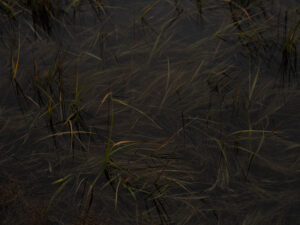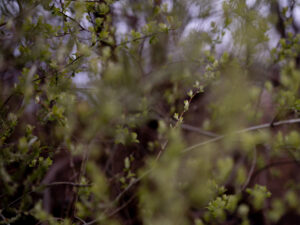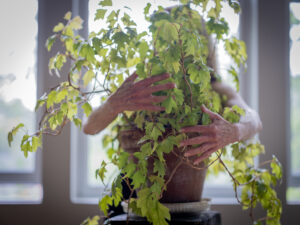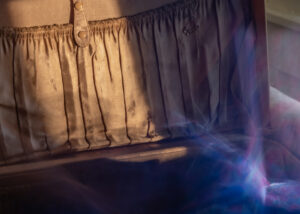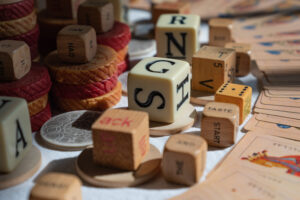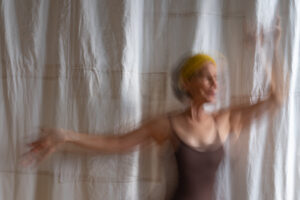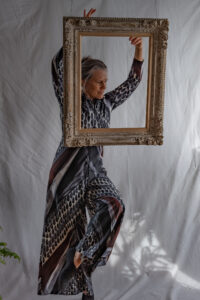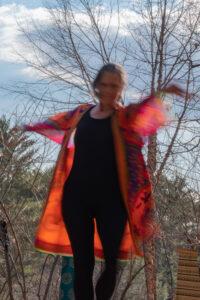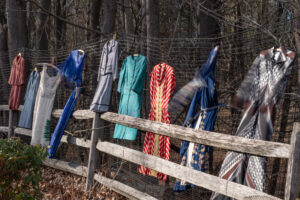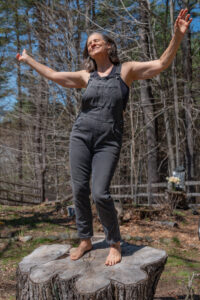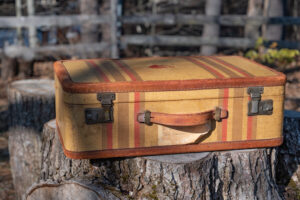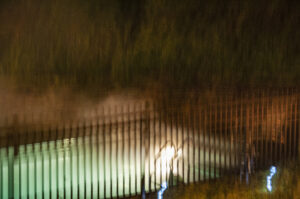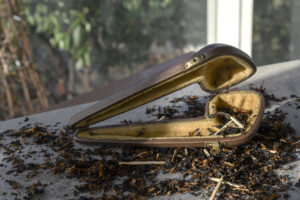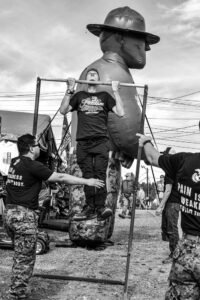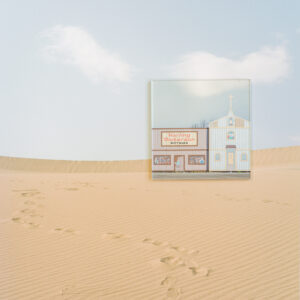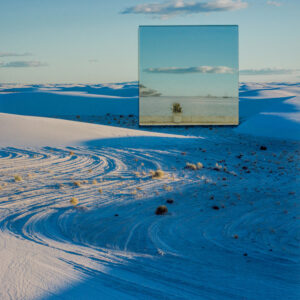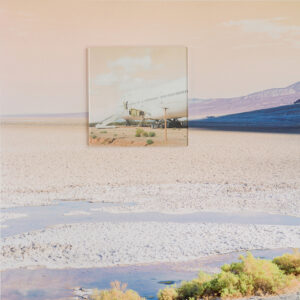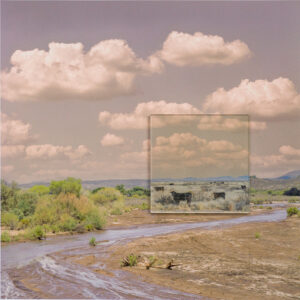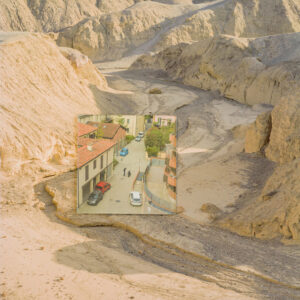This Place Could Be Beautiful
“Mom, where’s my permission slip?” “When can we play Ipad?” “I want more cheese!” “I need my grey shorts today.” I stand staring at the counter in a daze, wondering if I have any more bread or ham for school lunches. My 4 -year-old breaks my trance as he tugs on my arm saying, “Momma! Momma!” I gaze down at his innocent eyes. “I love you,” he gleams.
I put on a smile and said “thank you.” But deep down I wrestle with feelings of inadequacy. I’ll never measure up to the idealized mom who effortlessly remembers forms, bakes for bake sales, or orchestrates Pinterest-perfect birthday parties. Shame grips me, leaving me feeling stuck but I continue my motherly duties until I can find a moment to breathe.
When the moment comes, I retreat to my garden, walking among the dahlias in quiet admiration. The distant hum of my neighbor’s mower drowns out the voice of doubt. Pausing to pull weeds, I note their persistence to overrun the garden. With my clippers, I carefully trim away spent flowers, clearing the way for new growth.
I live in two worlds, motherhood and my garden. Most of the time, I am mothering through the messy, chaotic, and beautiful moments. Gratitude is rare, boredom common, and every decision feels crucial. I seek solace in the garden, a place I can control. The methods and tools provide structure. I rediscover a sense of purpose and belonging. Gardening becomes not just a chore but a meditation on growth and renewal, a tangible reflection of my journey through motherhood’s unpredictable landscape.
